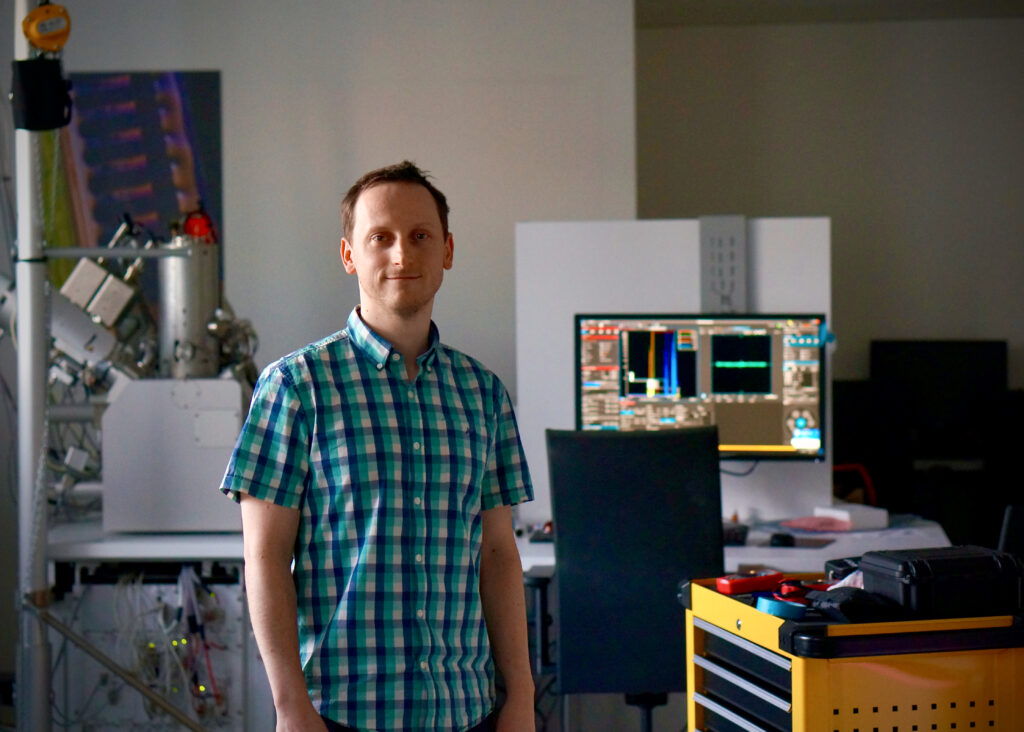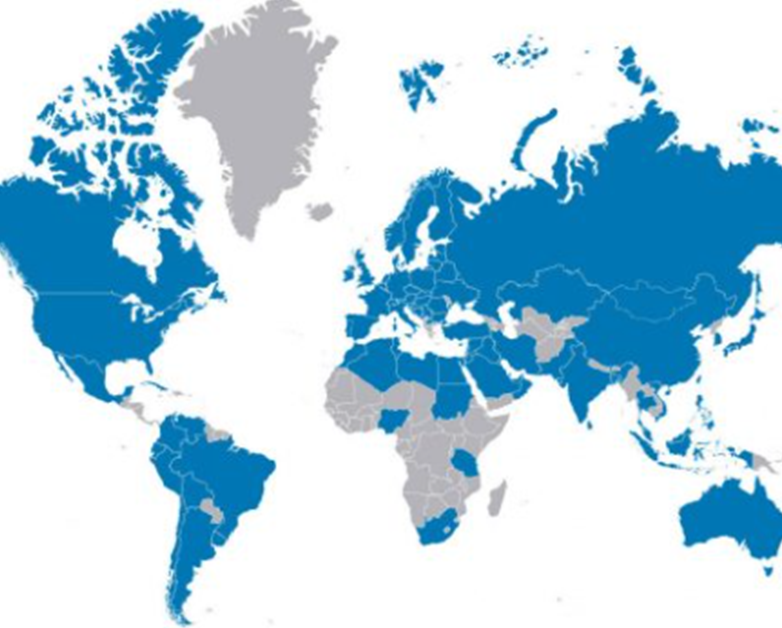Technical Support Group Manager Pavel Kašák is responsible for a team of 15 people. He joined TESCAN in 2014, first as a finalization engineer, later moved to Service, and has been in his current position for two years now. He is currently looking to add people to his department and we took the opportunity to ask him to introduce TESCAN’s Service Support.

Pavel, can you describe how TESCAN handles microscope servicing?
Simply put, it has two levels: regional representatives in each world region form the fist level and they are closest to our customers. We train them to be able to handle most service interventions. However, for more complex situations, they often turn to our service support from Brno. So we are a second, overarching level, that supports local technicians, sends out spare parts or go out to customers together. The only region we service directly is the Czech Republic. In addition to this, we also provide service documentation and handle the first installations of new types of microscopes.
How many of the issues you face can be handled remotely and how many do you have to travel to?
I will not talk of the exact numbers as they are not public information, but the vast majority can be handled by our representatives in the regions, or we can handle it remotely. If neither option works, our technician will go directly to the installation site. On average, they spend about 30 working days a year in the field over these cases. More complicated interventions can take a week or more to resolve.

So, you travel from Brno to installations all over the world?
Indeed, and it is mostly to Asia and the USA, as we have a large number of devices in these regions. Of course, travelling to exotic destinations such as Malaysia or the Philippines is an interesting aspect of our job, but that is rather the exception. Moreover, we’re usually back within a few days, so no paid beach holidays for us! We don’t split trips by region in the team, but rather decide who will go based on the type of issue. As our systems become more sophisticated, we also have specific specializations within the team for each module. For example, two colleagues are in charge of the transmission electron microscope, two are in charge of the micro-CT systems, someone specializes in the ion column, another in electron sources, and so on.
You said that the systems are increasingly sophisticated, is this reflected in the number of service interventions?
Not really, although the systems are getting more complex, they are less prone to failure. My colleagues in Final Assembly manage to debug everything before the microscope leaves Production. Despite the fact that reliability is gradually increasing, the number of service interventions is also rising, simply because the number of installations continues to grow. This requires constant training of service technicians; for instance, the new TESCAN TENSOR STEM is the most complex system and from a service perspective it was also something completely new. One of our tasks is to pass on feedback to R&D and Production, so that if some technical part of the system is not optimal from a service point of view, we are able to ask for and recommend improvements during production.
With new types of microscopes being released regularly, how do you manage to service older machines?
It is true that sometimes we still encounter customers with microscopes from the 90s, of course we try to help them as much as possible, but there are limits to the availability of parts and such. In general, I can say that we guarantee full serviceability for at least 7 years from the sale date. In terms of instrument generations, the last two generations are always fully supported. It usually now works the other way around, when a new colleague joins us now, we have to show and explain the TESCAN 3rd generation microscopes, which have not been sold for several years now, but we still see them in the field. This is done in our service laboratory, where most of our systems are represented and where we can train both newcomers and experienced technicians as required for mandatory recertification.
What skills should I have in order to become a Service Engineer?
You certainly can’t do without knowing a foreign language, and you can get by with good English, which is language we use with all our customers. An electrical engineering degree or another university degree in a technical field is a must. Practically everything else we can teach the new entrant. If they have no previous experience with an electron microscope, s/he will go through a stint in Finalization where we will show him/her how our systems work. Once s/he understands how to set up and operate the system, they can move to join Service. Additional in-house training is then given so that s/he can handle customer site-visits. The initial months will involve working under the supervision of a more experienced colleague, and for instance taking a detailed look at a Czech installation, before beginning to handle remote support.
Once all this is over, then what awaits them is quite an interestingly varied job…
Exactly, every service case is different, and one doesn’t really know what to expect in advance. It usually means solving service “puzzles” and I think that is what we all enjoy the most. You have to get to the bottom of it, figure out what happened, how it happened, and how it can be prevented in the future. One can see the fruits of one’s labor, in terms of a satisfied customer who is grateful for your help. Besides that, we have a wonderful team, we spend time together outside of work, we are into competitive climbing, we go to the shooting range, or even go ski mountaineering.
